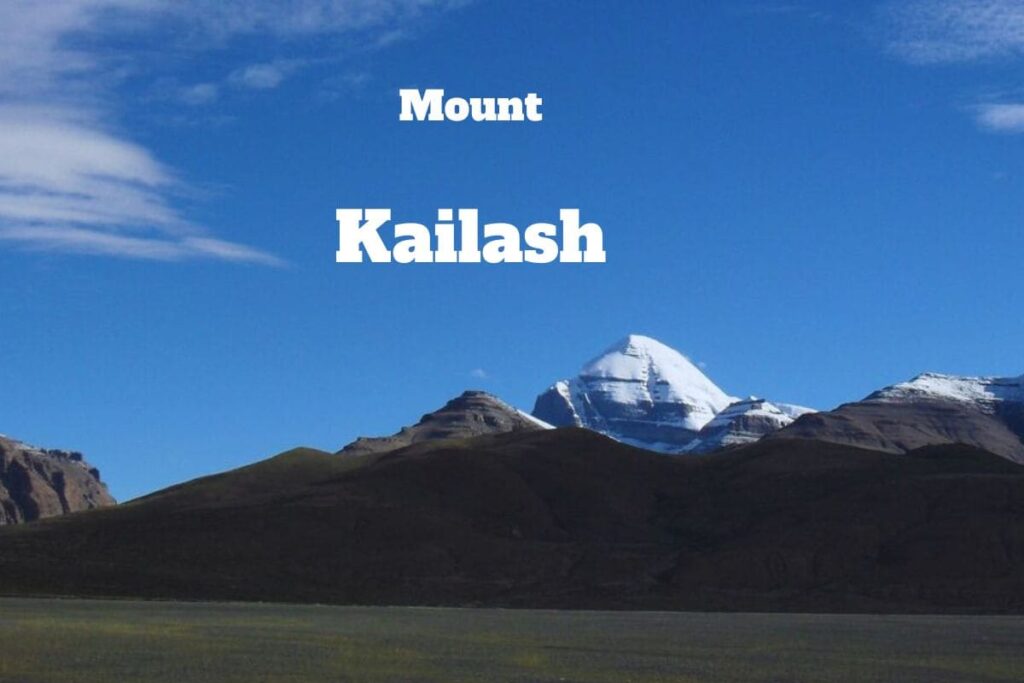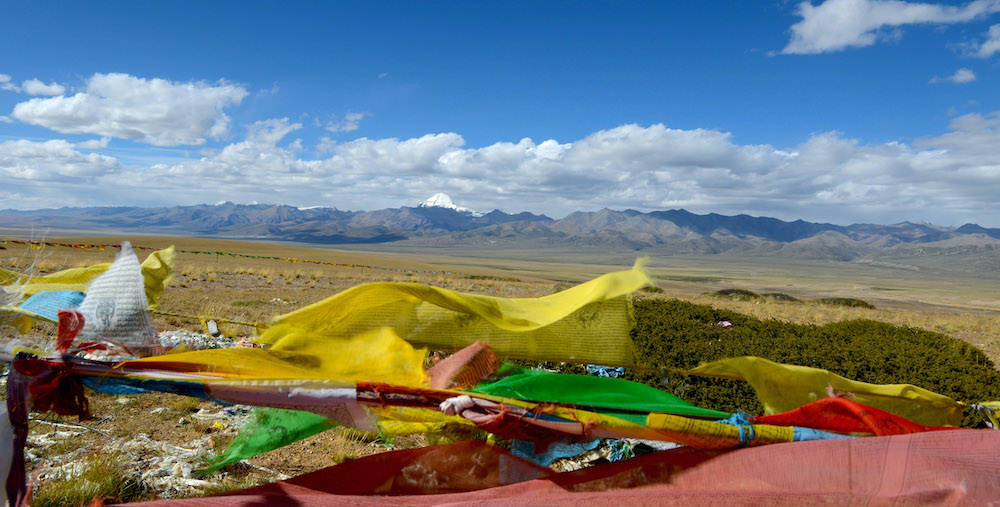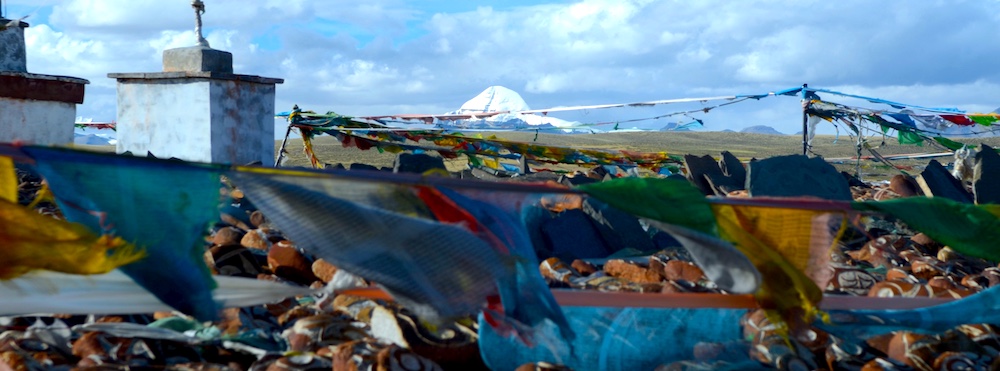+86-15889090408
[email protected]
Rising majestically from the remote landscapes of western Tibet, Mount Kailash stands as a beacon of spirituality, pilgrimage, and reverence for millions of people around the world. Known as Gang Rinpoche in Tibetan, this sacred mountain holds profound significance in Hinduism, Buddhism, Jainism, and Bon, drawing pilgrims from diverse faiths to its rugged slopes in search of enlightenment, purification, and divine blessings. Let’s delve into the mystique of Mount Kailash and uncover the spiritual significance that has made it one of the most revered sites on Earth.

For adherents of Hinduism, Mount Kailash is believed to be the abode of Lord Shiva, the destroyer and transformer within the Hindu pantheon. It is considered the earthly manifestation of Mount Meru, the center of the universe and the dwelling place of the gods. In Tibetan Buddhism, Mount Kailash is known as Kang Rinpoche, or the “Precious Snow Mountain,” and is believed to be the dwelling place of the Buddha Demchok. For followers of Jainism and Bon, Mount Kailash is also a sacred site, symbolizing spiritual liberation and the ultimate goal of enlightenment.
One of the most iconic features of Mount Kailash is the Kora, a 52-kilometer trekking circuit that circumambulates the mountain. Pilgrims from around the world embark on this arduous journey, walking in a clockwise direction as a symbolic gesture of devotion and purification. The Kora typically takes three days to complete, with stops at sacred sites such as Tarboche Flagpole, Drirapuk Monastery, and Dolma La Pass along the way. Each step of the journey is imbued with spiritual significance, as pilgrims seek blessings, redemption, and enlightenment.

Beyond its spiritual significance, Mount Kailash is also renowned for its breathtaking natural beauty. Towering at an elevation of 6,638 meters (21,778 feet), the snow-capped peak of Kailash dominates the surrounding landscape, commanding awe and reverence from all who behold it. Surrounding the mountain are pristine alpine lakes, including Lake Manasarovar and Lake Rakshastal, which are believed to possess their own spiritual significance and healing properties.
The legacy of Mount Kailash extends far beyond its physical presence, permeating the art, literature, and cultural traditions of the regions that surround it. From ancient Sanskrit texts and Tibetan scriptures to contemporary pilgrimage accounts and artistic representations, Mount Kailash continues to inspire and captivate the imagination of people around the world. Its timeless allure serves as a testament to the enduring power of faith, devotion, and the human spirit.

Mount Kailash stands as a symbol of spiritual enlightenment, pilgrimage, and divine grace—a beacon of hope and inspiration for all who seek to transcend the boundaries of the material world and connect with something greater than themselves. Whether you embark on a physical pilgrimage to its rugged slopes or embark on a spiritual journey of the soul, Mount Kailash invites you to experience the transformative power of devotion, reverence, and awe in the presence of the sacred.